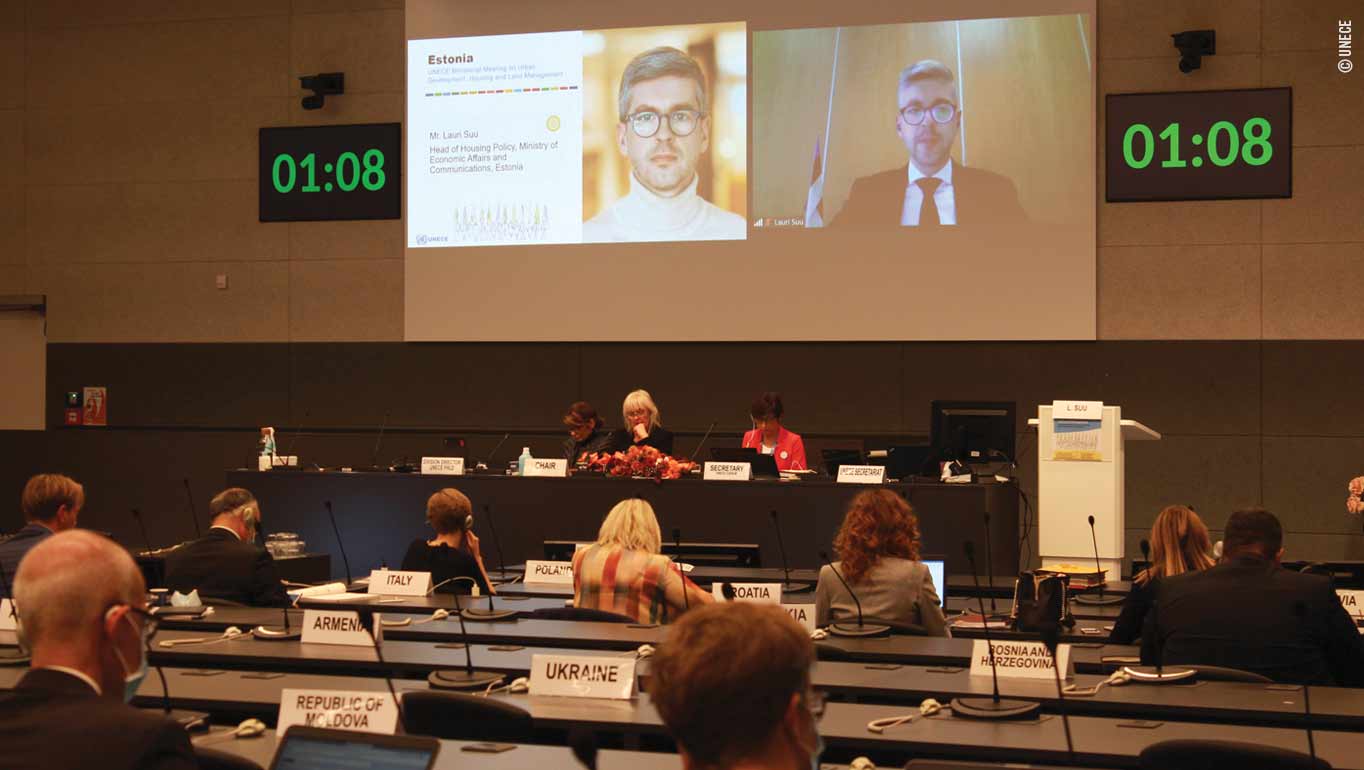While stuck and squeezed in an astonishingly long queue outside of the COP26 conference centre in Glasgow, I was wondering what motivated so many delegates from all corners of the world to travel such a long way to attend the event. After all, negotiations and key decisions are in the hands of representatives of member States, which altogether could have reached the hundreds but not the thousands. The presence of well over 50,000 people ready to go through uncomfortable travel conditions, daily COVID testing, long waits, crowded facilities, and two weeks spent with a mask glued on their face was inexplicable only as the call of duty or commitment to the cause.
Something else, which I call the “human factor’’, pulled the COP crowd together: the need to interact again in person, network and socialise, entertain informal discussions, bump casually into colleagues and start a conversation that will then lead to other talks, new projects, new ideas and renewed diplomatic ingenuity.
The in-person gathering immediately brought back memories of when business was done formally around a table and informally over a cup of coffee: the frenetic and energetic atmosphere at COP26 with busy delegations and Heads of States trotting around UN ground again gave all of us a sense of ‘old normal’. But are we really back to the old ways or have things changed forever?
Field visits cannot be virtual
As I had highlighted in my previous article on this subject (“Can diplomacy work on line?” – UN Today, December 2020) technology is offering opportunities, online solutions, and tools that have so far allowed us to compensate for the inability to meet in person. COVID-19 has accelerated the teleworking trend, which was, in any case, ongoing.
Over the past months we have learned how to make better use of fully online meetings, as we have realized how ‘virtual’ round tables or workshops can really reach out to a much larger audience than the old in-person seminars, going well beyond time zones and geographical boundaries.
If I have to compare a capacity building workshop my team organized in the past and that of now, I can confidently say that the virtual format reduces major participation and travel costs, increases the number of participants (thus allowing better knowledge sharing), reaches out to and includes more expert speakers, and the recordings remain as online tools available to all. This is, however, at the expenses of human interaction, which remains a key element of learning and is only partially outweighed by the advantages listed above.
Virtual meetings also seem to represent more of an obstacle to bilateral dialogues, and have not been very successful in replacing ad hoc missions to countries, where field visits and interactions with many government representatives and experts are necessary. Virtual reality makes it difficult to assess the situation, grasp real needs and facilitate frank conversations: a sign that the “human factor” is still essential for deeper conversations and to fully embrace and understand the needs of a country, its culture, and the actors in play.
Better virtual than nothing, but hybrid may be the future
Yet, as the value of in-person meetings has been fully recognized, and as people have returned to conference rooms anytime the virus gave travelers a small break, the so-called “hybrid format’’ has been taking over.
Overall, despite the fact this solution often still has to deal with the hiccups of technology, the hybrid format is likely to continue in the future. Not only does it allow those incapacitated to travel to connect, but it opens the door to new participants who would not have joined the discussions before due to financial or other restraints to travel.
While the challenges to handle a meeting in two rooms – the real and the virtual – remain, over the months I noticed that improvements in the technology, combined with a learned ability of chairs, and the secretariat is making hybrid meetings smoother. We now find it normal to hear from someone from the podium as well as from the large screen above it. Indeed, we have all already adjusted to, or are in the process of adapting to the change, and this holds true for larger as well as smaller meetings, when people can extend their table with a virtual one.
Besides not allowing for informal exchange for those who participate online, the risk of this format is however to ‘isolate’ those in the virtual world who cannot travel, creating a meeting with first class in-person participants leaving the ‘coach’ virtual travelers behind.
Only those in the room will have the ‘luxury’ to meet during breaks and after the meetings, and to socialize again in-person. As the COP example clearly showed, the human factor remains strong in diplomacy and cannot, as yet, be replaced with virtual-only connections. Certainly, the learning curve on how to operate in the virtual world is still steep, since the virus is still not ready for an armistice. If we consider the sudden and serious limitations to travel the world has experienced, however, it is fair to say the UN has adapted well to the new ways of doing business or, better said, of making “hybrid diplomacy” work.



